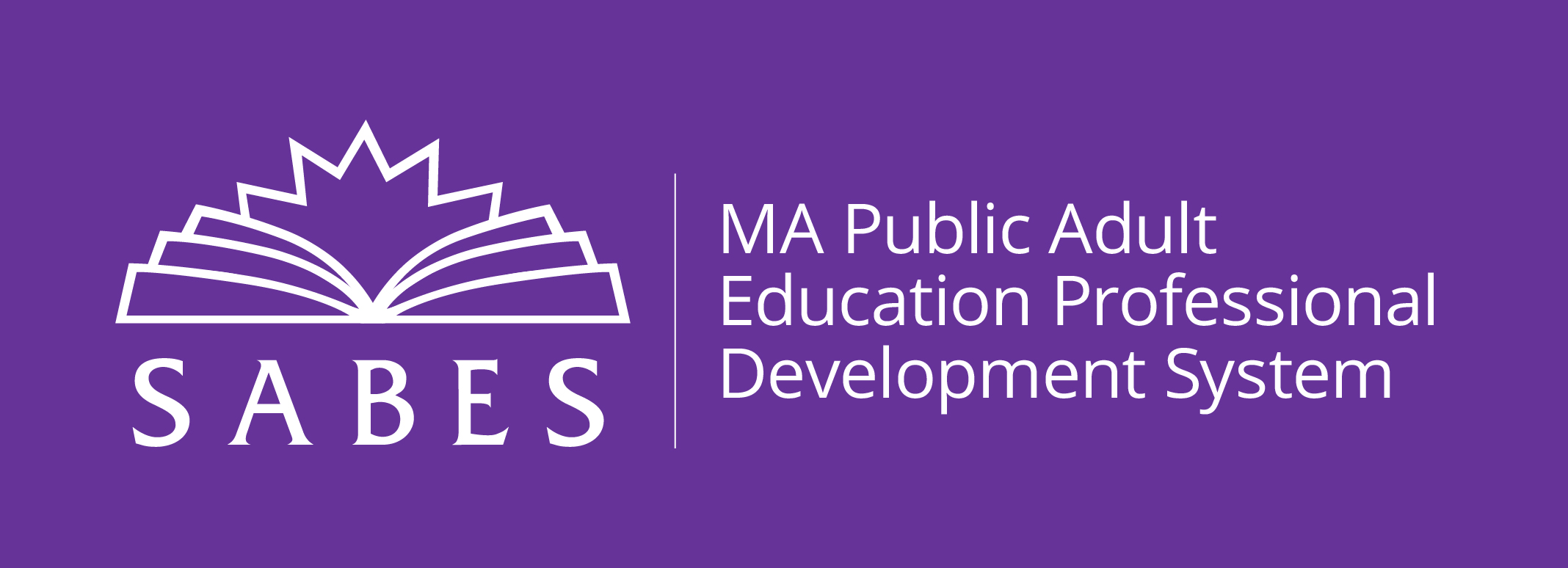
The field of adult ESOL has always worked hard to be inclusive of all learners and recently has been stepping up its efforts to design and implement culturally responsive and sustaining curricula that are relevant, accessible, and welcoming to all learners.
The Massachusetts Professional Standards for Teachers of Adult Speakers of Other Languages provides guidance to support teachers in addressing the diverse needs of their learners. In particular, Standard 3: Culturally Responsive and Sustaining Teaching (CRST) outlines several key elements and provides strategies for:
- Creating a classroom environment that is inclusive, affirming, and equitable; fostering feelings of student safety and belonging; and increasing student engagement and motivation
- Recognizing students’ diverse identities and valuing them as assets
- Using curriculum and instructional materials with diverse perspectives
- Developing high expectations for all learners, fostering critical thinking skills, civic engagement, and a commitment to social justice
- Critically assessing their own biases, assumptions, and beliefs and understanding how these can influence instruction
A theory of language that encompasses all of these CRST elements is translanguaging. First identified by Ofelia Garcia in 2008, translanguaging is the bi- or multilingual person’s nimble and creative ability to use all of the languages at their disposal; it is their adaptable use of their full linguistic repertoire and cultural knowledge as a resource for learning and communicating.
In our adult ESOL classes, translanguaging is an inclusive approach that teachers can allow to happen naturally in the classroom. They can also support and encourage translanguaging by intentionally guiding students to use all of their linguistic abilities. For example, teachers can:
- Provide opportunities for students who speak a common language to discuss with each other the meanings and nuances of English words in their common language
- Ask students to write stories with bilingual characters who use both of their languages in dialogue
- Suggest that students process their understanding of complex texts in their stronger language, taking notes in that language, discussing the content in that language
- Invite students to translate instructions for an activity to classmates
- Make use of online translation applications like Google Translate for both teachers and learners
- Ask students to underline unfamiliar words of an English text and then write it in their other language
- Learn some words in students’ other languages and use them occasionally in class
- Be explicit that there is no “English only” rule in class
- Acknowledge, repeatedly, that learners’ bi/multi-lingualism and bi/multi-culturalism are assets – to themselves and to their class community
For more information about translanguaging, check out Nelson Flores’ blog in The Educational Linguist, “Let’s Not Forget that Translanguaging is a Political Act,” and Betsy Parrish and Cydnee Sanders workshop, Translanguaging as an Anti-Racist Practice, which also offers some practical classroom applications.
What does all of this look like in action? A case study in inclusion and translanguaging:
Ash Aliengena (they/them), an ESOL instructor through Holyoke Community College’s ESOL program at the Ludlow Area Adult Learning Center, described working with d/Deaf students and ASL interpreters as a fascinating experience that inspired their curiosity and stretched their teaching skills and perspective in many new ways.
Class preparation with a d/Deaf student in the mix meant some new considerations for Ash as they had to anticipate the needs of interpreters, as well as how to differentiate class activities. They said, “I learned, again and again, to stop making assumptions about what I think a student can or can't do. There were so many moments when my d/Deaf student, without interpretation, was better at a listening task than her hearing classmates, because she could read my lips better than she could understand my words. She was even able to help classmates improve their pronunciation (without ever hearing them speak!), because she could show them how to move their mouths.”
Another shift occurred in Ash’s awareness about how language learners make use of their native language. After realizing that their d/Deaf student was writing English with sign grammar, Ash dedicated more time to learning about other students' native languages, and how their first languages influenced their use of English.
In conclusion, Ash reported, “Having a d/Deaf student in the class, I prioritized my lesson planning with, ‘How do I get everyone to the table and able to partake in this meal?’” Although Ash no longer has a d/Deaf student in their class, they are “still using that muscle—to make sure everyone has a way in and a way out.”
For a fascinating discussion of translanguaging among d/Deaf people, check out this article, Translanguaging and the Senses: The Case of Deaf Signers.


